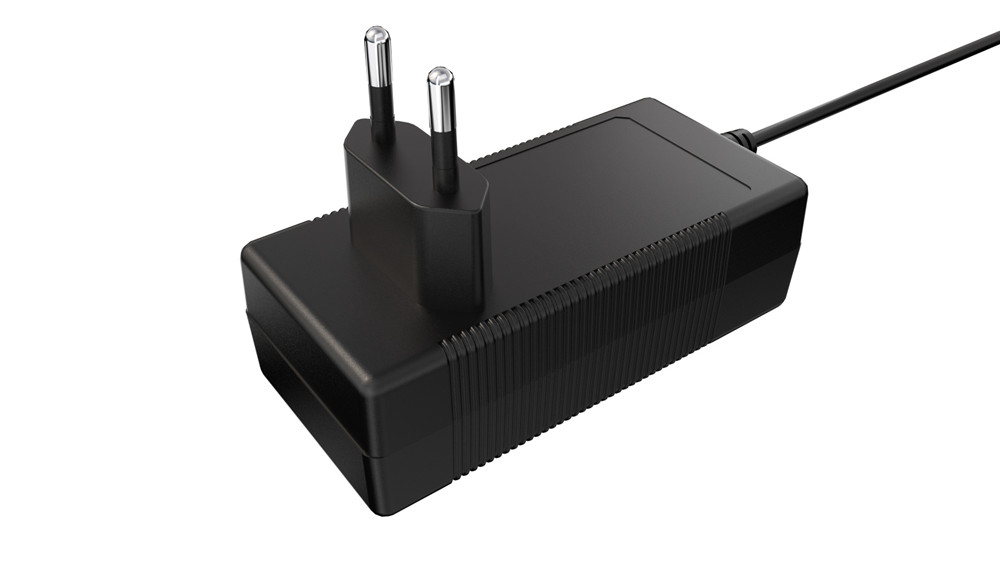The Guide to Choosing a Wall Mount Power Adapter for Your Devices
From smartphones and tablets to laptops and smart home gadgets, each of these devices relies on power adapters to keep them charged and ready for use. While it may seem like a simple task to choose a wall mount power adapter, the reality is that there are a plethora of options available, and selecting the right one for your specific needs can be a bit overwhelming. This comprehensive guide aims to simplify the process and help you make an informed decision when choosing a wall mount power adapter for your devices.

Power Adapter vs. Charger
The terms "power adapter" and "charger" are often used interchangeably, but they refer to slightly different things.
A power adapter is a component that converts AC (alternating current) from your wall outlet into DC (direct current) suitable for your device. The charger, on the other hand, is often the cable or connector that connects your device to the power adapter. In most cases, you need both to charge your device, but for the purpose of this guide, we'll primarily focus on power adapters.
Voltage and Amperage
Voltage (measured in volts, V) and amperage (measured in amperes, A) are two crucial specifications when selecting a power adapter. The voltage should match the device's requirements, while the amperage should meet or exceed it. Using an adapter with a lower voltage can damage your device, while one with a lower amperage might charge your device more slowly or not at all.
Identifying Your Device's Requirements
The first step in choosing a wall mount power adapter is to identify your device's specific requirements. You can typically find this information on the device itself or in the user manual. Look for the following specifications:
Voltage: This is the required voltage for your device. Common voltages for devices are 5V, 9V, and 12V, but they can vary.
Amperage: The required amperage, often denoted as "A" or "mA," indicates how much current your device needs to charge properly. It's usually specified in milliamperes (mA) or amperes (A).
Connector Type: Check the connector type (e.g., USB Type-C, micro-USB, Lightning, etc.) your device uses, as it must match the cable or connector on the power adapter.
Compatibility and Safety
When choosing a wall mount power adapter, prioritize compatibility and safety. Using an incompatible or low-quality adapter can harm your device and pose safety risks. Here are some essential considerations:
Brand and Certification: Opt for adapters from reputable brands or those with relevant safety certifications like UL (Underwriters Laboratories) or CE (Conformité Européenne). Avoid cheap, unbranded alternatives.
Device Compatibility: Ensure the power adapter is compatible with your device in terms of voltage and amperage. Using an adapter with the correct specifications is vital.
Overload Protection: Look for adapters with built-in overload protection mechanisms that can prevent excessive current from reaching your device, safeguarding it against damage.
Auto Voltage Adjustment: Some adapters have auto voltage adjustment features, which can be useful if you have multiple devices with different voltage requirements.
Types of Wall Mount Power Adapters
Wall mount power adapters come in various forms, and the one you choose will depend on your specific needs. Here are the most common types:
USB Wall Chargers: These are versatile adapters with USB ports for charging a wide range of devices, from smartphones and tablets to cameras and more.
Laptop Power Adapters: Designed for laptops, these adapters provide the necessary power and connectors to keep your laptop charged.
Universal Power Adapters: They often come with multiple interchangeable tips, making them compatible with various devices. They're a convenient choice for travelers.
Specialized Adapters: Some devices, such as gaming consoles or routers, may require unique adapters.
Additional Features
When choosing a wall mount power adapter, consider the following features to enhance your experience:
Fast Charging: If you want your devices to charge quickly, look for adapters that support fast charging standards like Quick Charge, Power Delivery (PD), or Adaptive Fast Charging.
Multiple Ports: If you have multiple devices to charge simultaneously, opt for adapters with multiple USB ports.
Folding Prongs: Adapters with folding prongs are more compact and travel-friendly.
LED Indicators: LED indicators can help you verify that the adapter is working correctly.
Cable Length: Consider the length of the cable attached to the adapter, as it can affect where you can place it.
Conclusion
With a clear understanding of your device's requirements, a focus on compatibility and safety, and consideration of additional features, you can make an informed decision. Whether it's for your smartphone, laptop, or any other electronic gadget, a reliable power adapter is an essential part of your digital life. Take your time to research and select the best power adapter to ensure your devices remain charged and ready for action.
